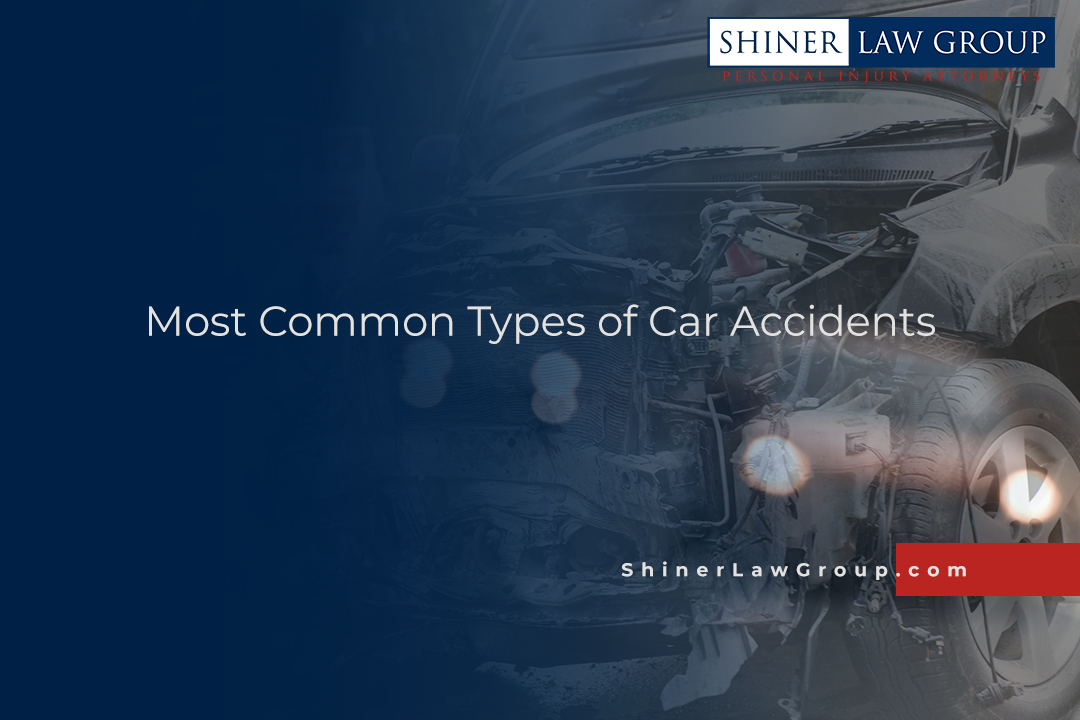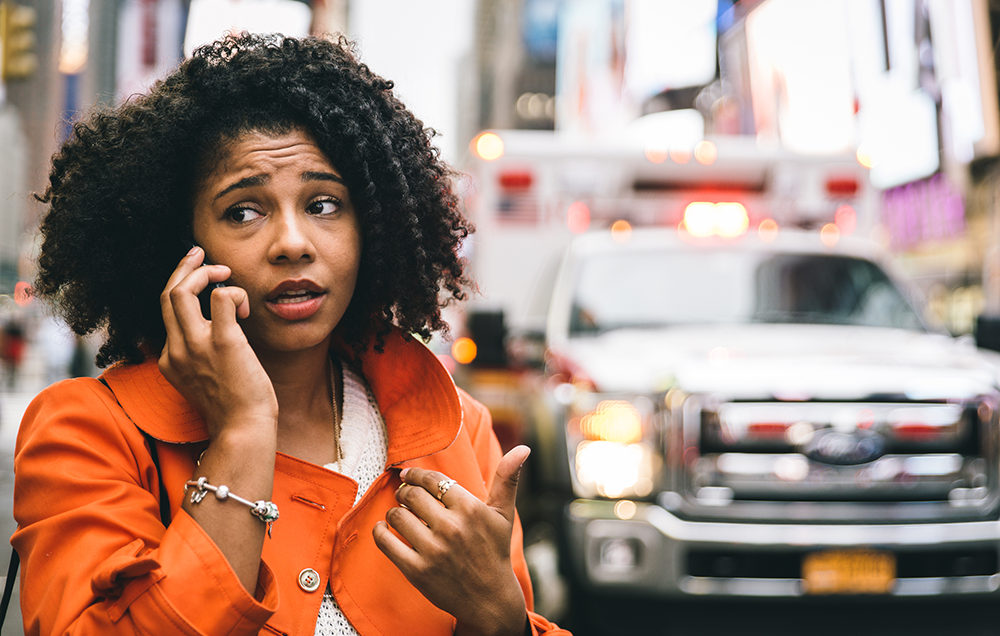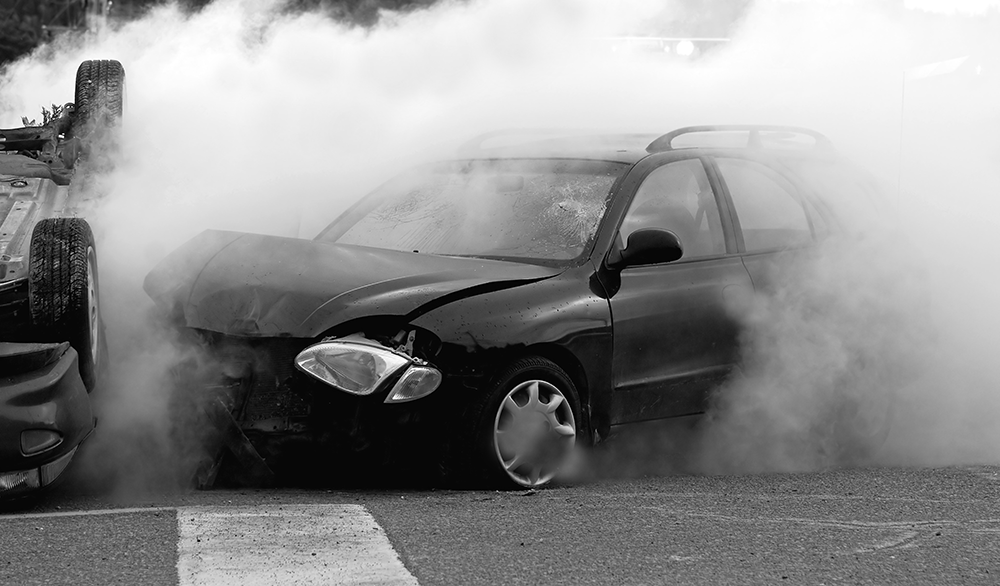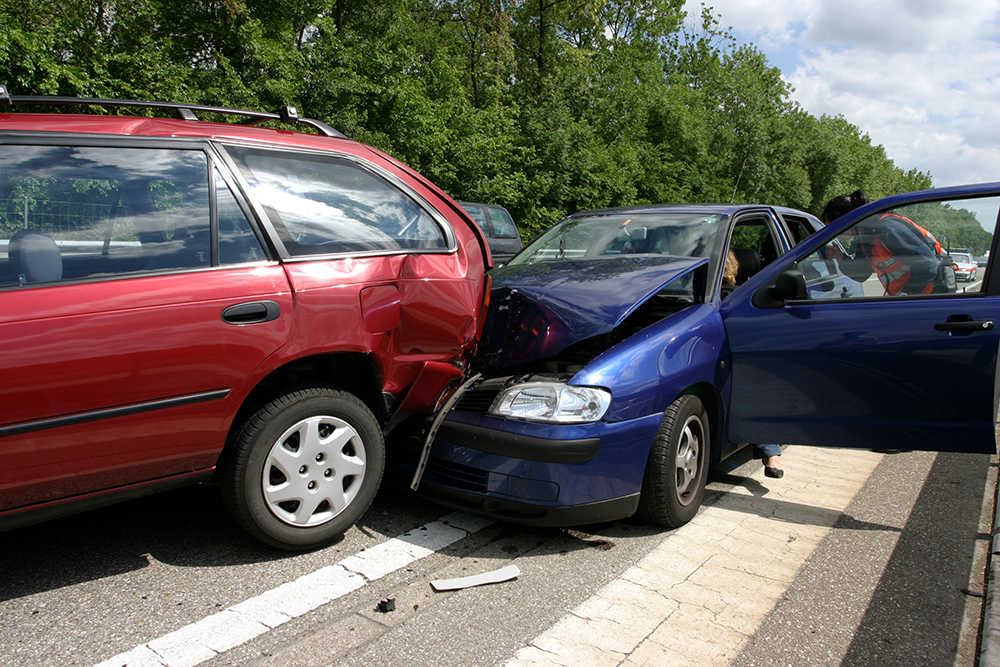It is not unusual to feel like your car is a tank. However, when you are involved in a road accident, your automobile appears to provide about as much protection as a crumpled soda can. It is also unfortunate to discover that auto accidents are part of life on the road. Even more worrying is that vehicle crashes in Florida are responsible for the death of an average of over 3,000 individuals annually.
On the other hand, understand that there are different types of vehicle accidents, and their classification differs. That implies that car accident classifications can affect the claim and investigation process of your personal injury case.
Before delving into the types of automobile accidents, note that a total of 2.8 million front impact car collisions were witnessed in 2019. That is according to the National Highway Traffic Safety Institute (NHTSA). Here are some details on the most common types of vehicle accidents.
Common Types of Automobile Accidents
Single-Car Accidents
As the name suggests, single-car accidents often involve only one vehicle, and most probably, the driver will be at fault in such situations. However, sometimes, the driver is not to blame after a single-car accident because it may be caused by:
- Mechanical failures
- Poor road conditions
- Bad weather resulting in poor visibility
- Safety barriers
- Inadequate roads maintenance
- Insufficient lighting.
As much as that is the case, the expectation is that motorists should exercise caution even when any of these circumstances apply. Some of the precautions worth considering include slowing down if roads are wet or when visibility is poor. Also, avoiding checking social media or texting when driving is advisable.

Note that various factors will dictate who is at fault in the case of car accidents resulting from mechanical failures. The reason is that the manufacturer or the most recent motor shop that checked your car and lacking insight into maintenance deficiencies also contribute to a vehicle’s mechanical failure.
Head-On Collision
The most dangerous car accident you can experience is a head-on collision. That is the case since frontal impact vehicle accidents are responsible for more occupant deaths than any other. Apart from vehicles, a head-on collision can also involve obstacles or obstructions on the road, animals, and trees.
It is also worth mentioning that additional road hazards like fog, snow, ice, or rain increase the probability of a head-on collision. The aftermath of head-on collisions includes severe bodily injuries on passengers and drivers. Victims of such accidents can suffer dislocations, internal damage, and concussions as well.
T-Bone Or Side-Impact Collision
First, understand that side-impact collisions are among the most dangerous types of accidents. That is because the sides of automobiles do not offer passengers and drivers much protection. Mostly, t-bone accidents happen at intersections and include injuries to the chest, head, and spinal cord. A side-impact collision can even cause death in some situations.
A vehicle sustains different levels of damage after a t-bone accident, and it can range from bumper scratching to a complete imploding of a car’s door. The determinant, in this case, is the speed at which the offending automobile was driving and the intensity of the impact.
You can avoid side-impact collisions by coming to a complete stop at stop signs. Paying close attention to yield signs is also a wise idea.
Vehicle Rollover
One or more automobiles can roll over to their roof or their side after a rollover crash. A vehicle may also roll over several times before coming to a complete stop in the case of a catastrophic accident. Note that buses, SUVs, pickup trucks, and minivans are more susceptible to rollover accidents because they have a higher center of gravity.
In case you are involved in such an accident, injuries may vary depending on how many times your automobile flips and how fast you were traveling before the unfortunate event. Other determinants include whether or not you had your seatbelt on and the type of automobile you were driving.
Common rollover accident injuries include:
- Death
- Brain injuries
- Back injuries
- Spinal cord injuries
- Neck injuries
- Bone fractures
- Injury to internal organs
- Lacerated skin
Avoiding distracted driving and driving at the speed limit can help you prevent rollover accidents. Understand that conversing with your friends, glancing down at your smartphone, and telling kids to behave, when driving can take your eyes off the road. When that happens, you may not have sufficient reaction time to avoid an accident before it happens.
Remember that fastening your seatbelt increases your survival rate in the event of a vehicle rollover accident.
Side-Swipe Collision
When vehicles are driving in the same direction next to each other, one may hit the other, which is the case with side-swipe collisions. Common risk factors, in this case, include:
- Driving under the influence
- Changing lanes without considering blind spots
- Distracted driving causing one to swerve
According to the details above, in most cases, careless driving is to blame for side-swipe collisions. For that reason, avoiding distracted driving goes a long way towards preventing a side-swipe collision.
Pretending to be retaking your driver’s test, using your turn signal when changing lanes, checking blind spots by looking over your shoulder, and using your side and rearview mirrors are the other best practices you should consider adopting.
Multiple Vehicle Collision
Also known as pile-ups, multiple vehicle collisions involve at least three automobiles colliding. Such accidents often occur on highways, busy roads, and freeways. As is the case of rear-end collisions, multiple vehicle accidents happen when drivers speed and fail to leave enough space between their vehicle and the one in front of them.
In that case, when a single crash occurs, it leads to a chain reaction. That explains why such accidents are referred to as pile-ups. Frontal-impact auto collisions are risky, and that is the same way multiple vehicle collisions are markedly more dangerous. The reason is that pile-ups can lead to additional fatalities.
Additionally, it is not unusual for automobiles to collide multiple times and at different angles in the case of a pile-up. In such situations, finding a way of escape becomes a challenge for drivers.
It is quite saddening to discover that multiple vehicle collisions are increasingly becoming a common event. Note that injuries resulting from such a car accident can range from whiplash and paralysis to death.
Rear-End Collision
One of the common causes of whiplash is a rear-end collision. The impact of such an accident causes your head to move back and forth, which affects the bone in the spine and the soft tissue around them. Mostly, rear-end collisions happen when an automobile is following another vehicle too closely. That, in turn, denies the driver enough space or time to stop when you do.
Mostly, the one driving behind the impacted car will be at fault. That suggests that leaving sufficient space between you and the car in front of you helps you avoid rear-end collisions. You should also check rearview mirrors and slow down gradually before stopping. That way, you will prevent an individual driving too closely behind you from hitting your automobile.
Checking your brake lights regularly to identify and replace those that go out before getting back on the road is also advisable in this case.
Yellow Light Collision
Slowing down is mandatory when a light turns yellow. In that case, if the vehicle ahead of you stops at a yellow light when you expect the driver to continue driving through the light before it turns red, that can result in an accident. However, the way the second driver reacts can change the type of accident that occurs.
So, if the driver behind the first automobile attempts to go around the stopped vehicle, that can result in a side-impact or side-swipe collision. On the other hand, if the driver behind the first car was tailgating, the result may be a rear-end collision.
You can prevent yellow light collisions by slowing down gradually and checking your rearview mirror to ensure the car behind you has sufficient time to stop. Also, avoid speeding to avoid the red light because a yellow light means that you need to exercise caution.
Wrong-Way Accidents
Although wrong-way collisions are not the primary cause of head-on accidents, they account for some of them. You also need to understand that drunk drivers are responsible for a sizeable number of wrong-way collisions, and most of them occur at night.
Wrong-way collisions happen when a vehicle travels on the wrong side or direction of a road. As such, the result can be a head-on collision, or it can also cause other automobiles to get into accidents while trying to avoid the vehicle moving in the wrong direction. In most cases, the person traveling down the wrong way is at fault in the case of wrong-way accidents.
For that reason, paying attention whenever you get behind the wheel is not an option. You should also observe road signs and avoid drinking before driving to prevent wrong-way accidents. That is critical, especially when you are traveling in an unfamiliar territory where one-way roads are possible.
Actions to Take After A Road Accident
- Get a rapid response from law enforcement by calling 9-1-1
- Share details of injuries with the operator to expedite paramedics
- No matter who is at fault, avoid leaving the scene of a vehicle accident
- Pullover out of traffic if the impact is minor. Otherwise, stay in place
- Consider obtaining the investigating officer’s card, which should have the case number notated
- Avoid discussing responsibility with anyone. Stick to the basics
- Call a local personal injury lawyer immediately for a consultation
Conclusion
Opting to deal with the aftermath of a car accident yourself can be exhausting. The reason, in part, is that the injuries alone can be a full-time job. A car accident attorney from Shiner Law Group can help you deal with the insurance and medical bills company and offer you any other necessary legal assistance after a vehicle accident.


